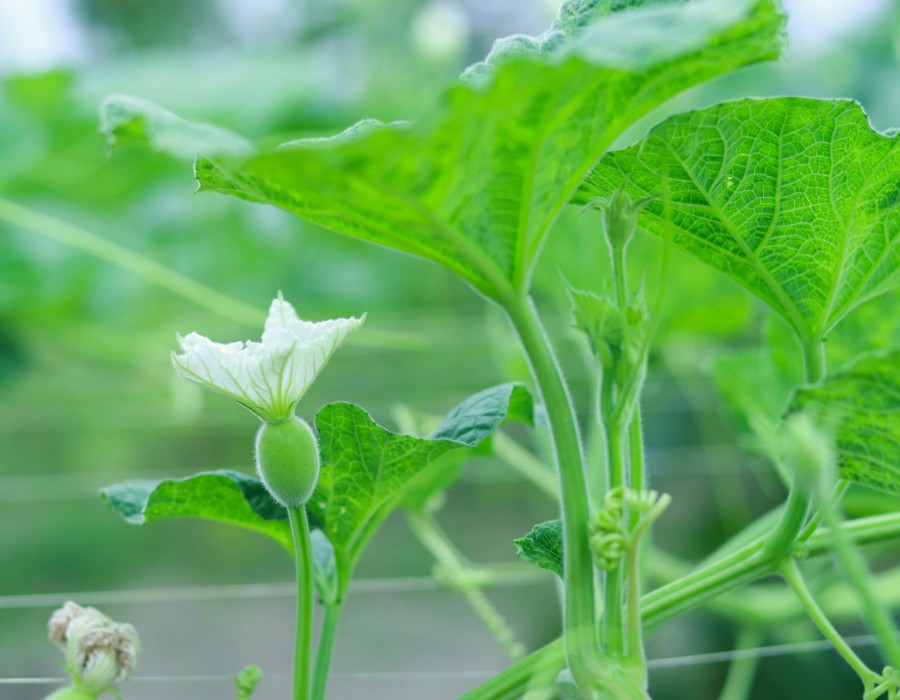Farming has always been a delicate balance between nature and human intervention. One of the most persistent challenges farmers face is fungal disease, which threatens crop yield, quality, and sustainability. The battle against plant infections has given rise to powerful solutions, including systemic fungicides, which offer a deeper, more lasting defense than traditional surface treatments.
However, with great power comes responsibility. Systemic fungicides must be backed by strong governance, ensuring both efficacy and safety for the environment, food consumers, and farmers. Additionally, climate conditions, particularly rainfall, can diminish the effectiveness of protective treatments, necessitating advanced, rainproof formulations that ensure long-term disease control.
Systemic Fungicides in Farming
Unlike contact fungicides, which remain on the plant’s surface, systemic fungicides are absorbed into the plant and translocated through its vascular system. This makes them more effective against fungal diseases already penetrating the plant’s tissues, offering internal protection.
How They Work
Systemic fungicides function through two main pathways:
- Xylem-mobile fungicides – Move upwards through the plant’s water-conducting system, protecting new growth.
- Phloem-mobile fungicides – Move bidirectionally, offering broader systemic coverage.
Because of this deep penetration, systemic fungicides provide extended protection, even after rainfall or irrigation, unlike contact fungicides, that can be easily washed away.
Key Benefits of Systemic Fungicides
- Long-lasting disease protection – Absorbed fungicides remain active inside the plant, reducing the need for frequent reapplications.
- Targeted action against infections – Effective in treating diseases that have already infiltrated plant tissues.
One of the most widely used systemic fungicides is Boost Propiconazole 25% EC Systemic Fungicide, which is recognized for its efficacy in controlling fungal diseases in various crops, from cereals to fruits. Farmers often prefer such formulations because they provide protection even under unpredictable weather conditions, ensuring consistent yields.
The Role of Governance in Systemic Fungicide Usage
The use of systemic fungicides is not without concern. Regulatory bodies and agricultural policymakers worldwide are crucial in ensuring these chemicals are used responsibly and effectively. Governance in systemic fungicide application includes approval processes, safe use guidelines, and monitoring of potential resistance development.
Regulations and Standards in Farming
Governments and international organizations impose strict regulations on systemic fungicides to minimize environmental risks and health hazards. Regulatory frameworks address:
- Maximum Residue Limits (MRLs) – Ensuring fungicide residues in food remain within safe consumption levels.
- Resistance Management Strategies – Encouraging rotation of different fungicides to prevent the development of resistant fungal strains.
Stringent oversight helps prevent misuse and ensures farmers follow best practices when applying systemic fungicides.
Rainproof Systemic Fungicides: A Game-Changer for Crop Protection
One of the biggest challenges with fungicide applications is their vulnerability to weather conditions. Heavy rainfall can wash away surface treatments, exposing plants to fungal infections. Rainproof systemic fungicides have revolutionized crop protection by offering durable, weather-resistant defense mechanisms.
How Rainproof Formulations Work
Advanced systemic fungicides use specialized formulations that enable rapid absorption into the plant. Once inside, they become resistant to external factors such as rain and irrigation, ensuring long-term disease control.
Advantages of Rainproof Fungicides
Farmers facing unpredictable weather conditions benefit significantly from these innovations:
- Reduced application frequency – Less frequent spraying saves time, labor, and costs.
- Enhanced crop resilience – Plants remain protected even after unexpected rainfall.
"Sustainability in farming is not just about growing crops—it's about growing them wisely, with the right tools, at the right time."
Organic Farming and Systemic Fungicides: Finding a Balance
Organic farming traditionally avoids synthetic chemicals, relying on natural disease control methods such as crop rotation, biopesticides, and soil health management. However, as fungal diseases become more aggressive, even organic farmers are exploring systemic fungicides derived from naturally occurring compounds.
Are Systemic Fungicides Compatible with Organic Farming?
While most systemic fungicides are synthetic, some natural alternatives are gaining popularity in organic farming. These include:
- Plant-based fungicides – Extracts from neem, garlic, and other botanicals with antifungal properties.
- Microbial fungicides – Beneficial bacteria and fungi that combat plant pathogens without harming the environment.
Governance is crucial in determining which fungicides qualify for organic certification, ensuring that only environmentally friendly options are approved.
Frequently Asked Questions
Are systemic fungicides safe for human consumption?
Yes, when used according to regulatory guidelines, systemic fungicides pose no risk to consumers. Strict residue limits ensure food safety.
How long does a systemic fungicide stay in a plant?
It depends on the specific fungicide, but most offer protection for one to several weeks before breaking down.
Do rainproof systemic fungicides eliminate the need for reapplication?
Not entirely, but they significantly reduce the frequency of applications, making them more cost-effective and efficient.
Through innovation and governance, systemic fungicides continue to shape the future of farming, ensuring that crops remain protected, rain or shine.





Comments